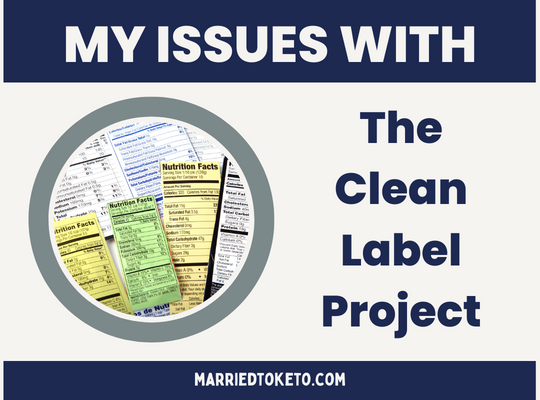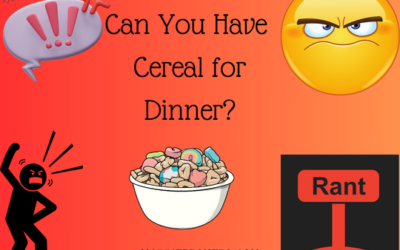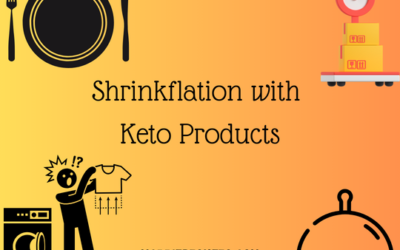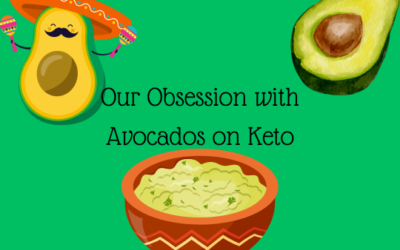A while back I did a blog on what a clean label is. Or at least what I thought a clean label is. Turns out I took a bit of heat for that blog because there is something called the “Clean Label Project,” and their idea of a clean label and my idea of one are very different. I sat on it for a bit, thinking it over and have come to one conclusion… the clean label project is deflecting people away from what clean food labelling SHOULD and COULD be. This friends, is a rant.
What I Consider a Clean Label
For me a clean food label is an ingredient list that you can not only pronounce but understand. If you can’t eat whole one food ingredients all the time you should be able to at least get food that doesn’t have a dozen chemicals and four different names for sugar on it. From just looking at the label you should be able to tell what food it is.
For instance, let’s look at these ingredients: Canola oil 74%, Water, Modified palm and palm kernel oils 6%, Salt, Buttermilk powder 0.2% (milk), Natural flavours, Lactic acid, Vitamin A palmitate (vitamin A), Vitamin D3, Beta carotene, Soy lecithin, Calcium disodium EDTA. What the fuc….
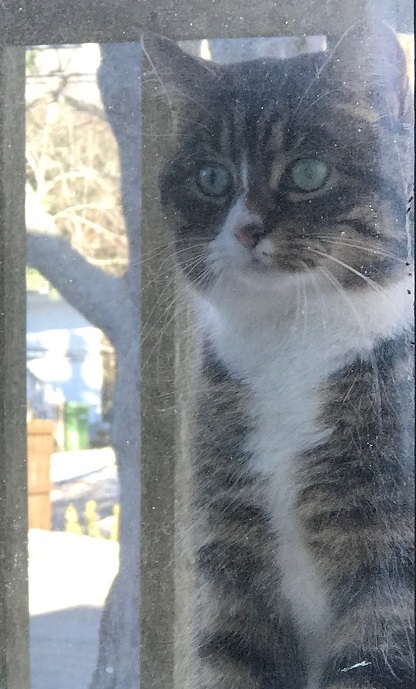
That my faithful readers is the ingredient list for margarine. Butter substitute. Chalked full of nothing that resembles butter or real food. The recommended food source from North American Health Authorities by the way, but that’s a rant for a different day. I feel that makes my point. A clean label to me is the opposite of that.
What the Clean Label Project Considers Clean
According to their website they consider a clean label to be food that is free of “heavy metals, pesticide residues, and plasticizers linked to cancers and infertility.” All great things and I completely agree that food should not be harbouring and be free from all of that, but the approach is a little sketchy.
Looking at their site you will see many different certifications that producers can get. In the keto world we make fun of certifications of things like “keto-certified,” or “keto-approved.” I always say by who and what does that mean. This Clean Label Project reads much the same way. Its quite vague and looks like something you can buy your way into.
In fact, they have sponsors that are producers of certified products. The conflict of interest is strong. There are some organizations supporting them that are independent and do great work in the food space but mixing them with for profit companies is like letting the wheat board do a keto study.
What’s My Main Issue
I know what your saying, “what’s the big deal?” The big deal is I’m tired of people being misled solely for the profits of others. An organization gatekeeping what a clean label is really hurts food safety overall. The values they represent for safety are good, but hardly inclusive. The definition of clean label according to the IFT is, “making a product using as few ingredients as possible and making sure those ingredients are items that consumers recognize and think of as wholesome.”
If you value that definition and go into the grocery store seeing the Clean Label Project certification you are going to feel you’re getting a food using few ingredients that are wholesome. When in reality you are getting a certification that says it’s free of pesticides and cancer-causing agents. As I said, still a very good thing, but hardly the definition we looked at above.
We have so many people that reach out to us over “keto-certification” it’s scary. They see a sticker and think it must be good. It’s usually not. There is no reviewed agency that certifies things keto and there is no agency that certifies if a label is clean. No matter how nice their website is. We’re not in this food fight alone, but watering down a good movement sure makes it a little bleaker.
Bill

